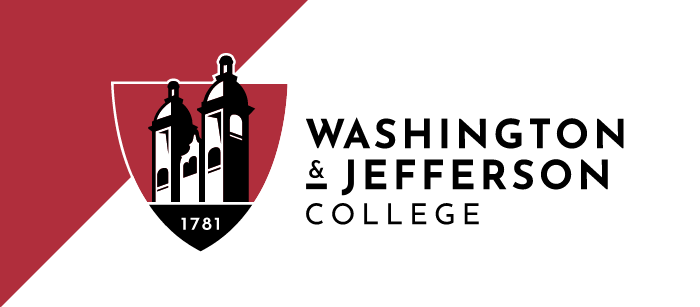WASHINGTON, PA (Feb. 19, 2014)—A research paper co-authored by a recent Washington & Jefferson College (W&J) graduate and a W&J professor was one of five projects chosen for publication in the Council on Undergraduate Research’s Winter 2013 edition of CUR Quarterly.
Chris Griffith ’13 and Samuel B. Fee, Ph.D., associate professor of Computing and Information Studies (CIS), published “Custom Mobile Applications for Collection of Field Data,” detailing a software development project for W&J’s Abernathy Field Station, a 57-acre outdoor classroom used mainly by W&J Biology classes to study the structure and function of various ecosystems.
The software—a mobile application developed in a collaborative effort between students and faculty members, and aptly named “Appernathy”—was developed to collect data about salamanders and myriapods (millipedes and centipedes) at Abernathy Field Station. It is designed not only for electronic data collection but to teach students the process of efficiently collecting and analyzing data.
“This is targeted at people who have never done field research before,” Griffith said. “The app is designed to walk a student through data collection. The idea is that if they’re spending less time on the process, they’ll be more able to spend time focusing on the research.”
An early version of the app was developed in 2011 by Alex Blon ’11, Ryan Lehman '11, and John Mathews ’11 in collaboration with Charles Hannon, Ph.D., professor of Computing and Information Studies, and James March, Ph.D., associate professor of biology. In subsequent years, additional students, including Brendan Lesniak ’14 and Cory Thoma ’12, continued to support the app.
Just two years later, the app, which has been consistently used by the W&J Department of Biology since its creation, was in need of updating to keep up with changes in technology.
During his senior year, Griffith worked with Fee to do an extensive rewrite of the app, adding expanded databases, mapping for data collection points in the field, developing a user manual and a section of fieldwork information to assist students with data collection, and designing a web interface that allows students easier online access to the data.
The application is unique in that it is designed to work without internet connectivity, a necessity in places like Abernathy Field Station, which are too remote to be within range of most available wireless connections. Data can be entered and stored off-line, and then later uploaded to an online database.
Fee said he is particularly proud of the Appernathy project because it required intense collaboration between students and professors, and resulted in a learning experience for all. Fee, who co-edited a book on computing and education, “The Role of Criticism in Understanding Problem Solving,” also has published numerous articles on the topics of interdisciplinary studies and teaching computer science through problem-solving.
But the CUR Quarterly article marks the first time—and he hopes the first of many times—that Griffith’s research has been published. Griffith graduated in 2013 with a CIS major and is now a web designer and developer for Terra Eclipse in Washington, D.C. He said designing web applications is something he wants to do in his career.
“This really helped me in being able to work with similar apps and hopefully develop new ones,” he said.
In addition to the CUR Quarterly article, the app is detailed in a 2012 YouTube video.

